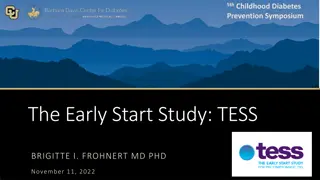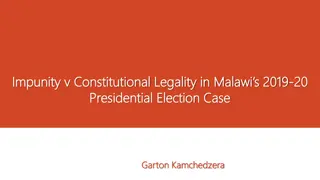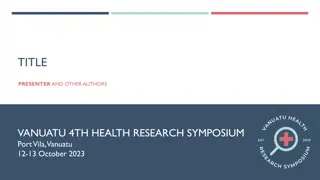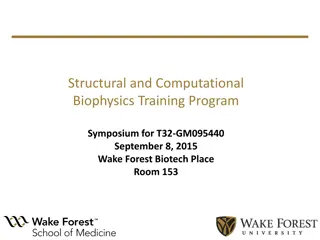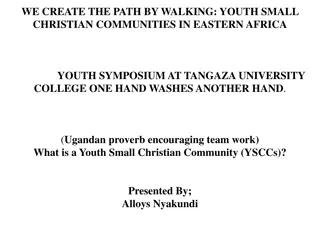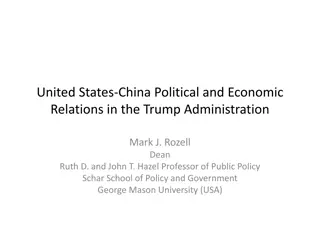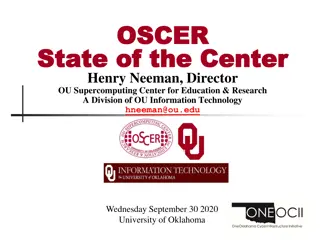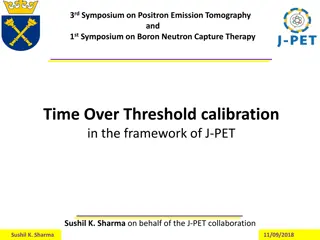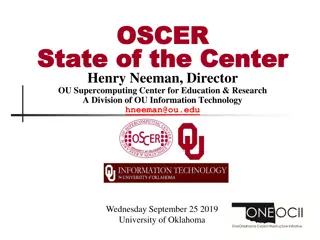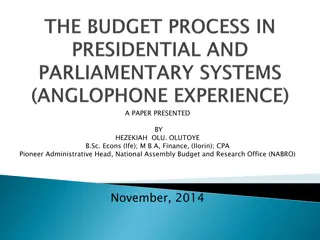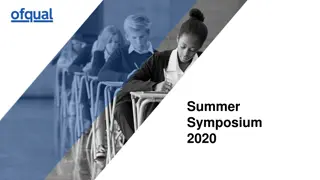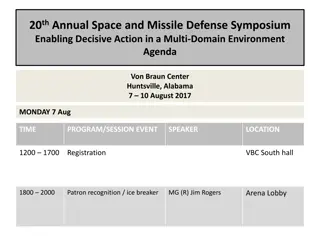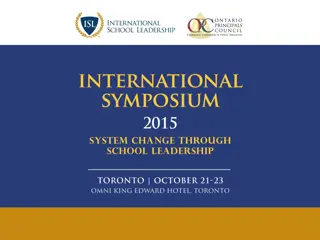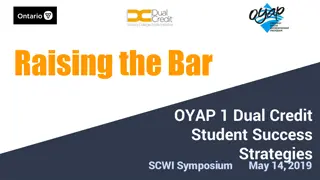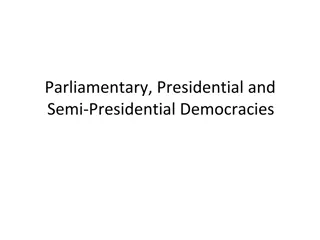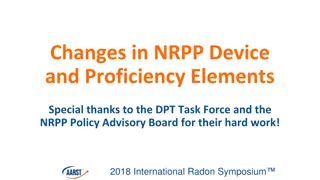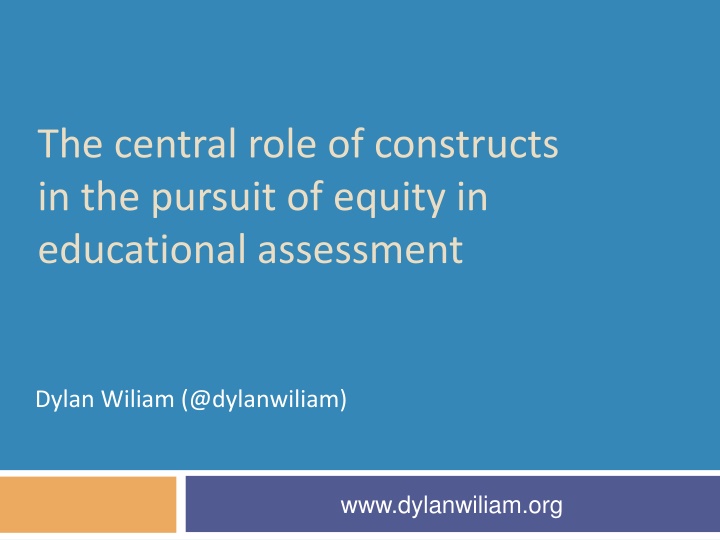
Role of Constructs in Educational Assessment for Equity
Explore the central role of constructs in achieving equity in educational assessment, focusing on validity, quality in assessment, and practical applications. Understand the impact of construct-irrelevant variance and the consensus view of validity in assessment practices.
Download Presentation

Please find below an Image/Link to download the presentation.
The content on the website is provided AS IS for your information and personal use only. It may not be sold, licensed, or shared on other websites without obtaining consent from the author. If you encounter any issues during the download, it is possible that the publisher has removed the file from their server.
You are allowed to download the files provided on this website for personal or commercial use, subject to the condition that they are used lawfully. All files are the property of their respective owners.
The content on the website is provided AS IS for your information and personal use only. It may not be sold, licensed, or shared on other websites without obtaining consent from the author.
E N D
Presentation Transcript
The central role of constructs in the pursuit of equity in educational assessment Dylan Wiliam (@dylanwiliam) www.dylanwiliam.org
Outline 2 No need to reconceptualize assessment No such thing as a biased assessment Focus on constructs, not assessments A case study in selection for medical education
A brief history of the idea of validity 3 Validity as a property of tests test scores inferences The consensus view of validity an integrative evaluative judgment of the degree to which empirical evidence and theoretical rationales support the adequacy and appropriateness of inferences and actions based on test scores or other modes of assessment. (Messick, 1989 p. 13) Current work focuses on respective responsibilities of test producers and users
Consequences of the consensus view 4 One validates not a test but an interpretation of data arising from a specified procedure (Cronbach, 1971 p. 447) Consequences Category mistakes (Ryle, 1949) No such thing as a valid (or indeed invalid) assessment No such thing as a biased assessment Formative and summative are descriptions of inferences
Quality in assessment Threats to validity Construct-irrelevant variance Systematic: good performance on the assessment requires abilities not related to the construct of interest Random: good performance is related to chance factors, such as luck (effectively poor reliability) Construct under-representation Good performance on the assessment can be achieved without demonstrating performance on all aspects of the construct of interest
Some practical applications 6 Mental rotation (Voyer et al. 1995) Males outperform females Selection in higher education Some minorities perform less well than whites But the same minorities perform less well at college SAT overpredicts college grades for African-Americans Assessing history (Breland 1991) Multiple choice: males outperform females Constructed response: females outperform males
Focus on constructs, not assessments 7 Validity debates often appear to be about the technical adequacy of the assessment but more often are debates about the construct to be assessed Without clear construct definition construct debates manifest as assessment debates With clear construct definition construct selection is necessarily value-laden assessment design is primarily a technical task
An illustrative case study: Access to Medicine
Access to Medicine: the context King s College London 5th largest university in the United Kingdom Largest medical school in Europe Located in SE London: ethnically diverse population Highly selective admissions, based on achievement on high-stakes examinations Result: Private school students over-represented White and Asian students over-represented Students of African heritage under-represented Socio-economically disadvantaged students under-represented
Access to Medicine The goal: Widen participation to, and success in, medical education Produce more culturally competent medical services The challenge Do so without lowering the bar Do not provide a second chance for already advantaged students
Correlation or pre-requisite? Pearson product-moment correlation = 0.71
A solution in three parts Recruitment Program to raise aspirations in middle school Selection Only public-school students in local area eligible Target: 10, 20, 30, 40, 50 in 2000, 2001, 2002, 2004, 2005 Assessment via achievement at school personal characteristics science reasoning tasks Retention Additional foundation year Two years to cover traditional first year curriculum Dedicated support living expenses and tuition provided for first year only dedicated tutorial support
Science Reasoning Tasks (SRTs) Based on work of Shayer & Adey (1981) Suite of group-administered tasks Assess not science knowledge but ability to incorporate new facts into existing schema Benchmarked on existing medical students So provide alternative ways of showing talent
The story so far Program now in its 16th year now called the Extended Medical Degree Programme Steady state: 300 students enrolled (50 in each year) Still substantial challenges High maintenance cost Selection methods modified over time But Non-traditional students essentially indistinguishable from traditional route students Is not seen as a soft option
Conclusions 18 Differential impact is not (necessarily) bias When assessments show differential impact Consider alternative constructs If no suitable alternative constructs exist Check for consistent, strong predictor-criterion relationships in the area where selections are made Where no such relationships exist, set a cut score, and select at random from those who exceed that score

